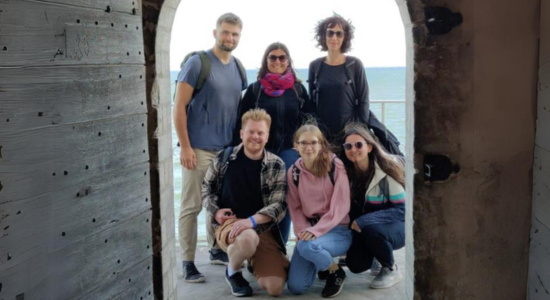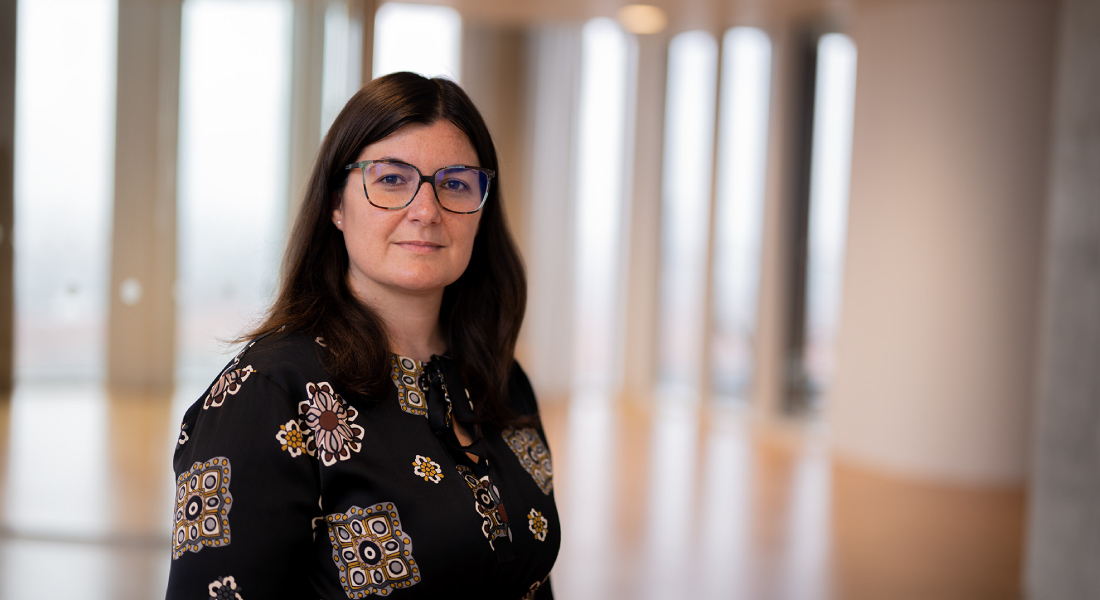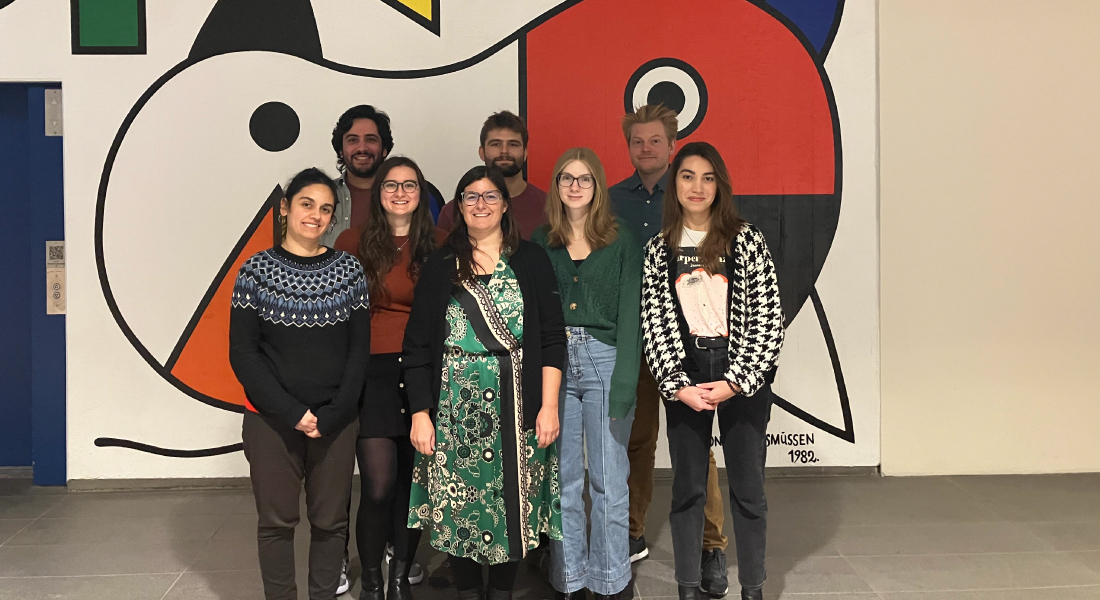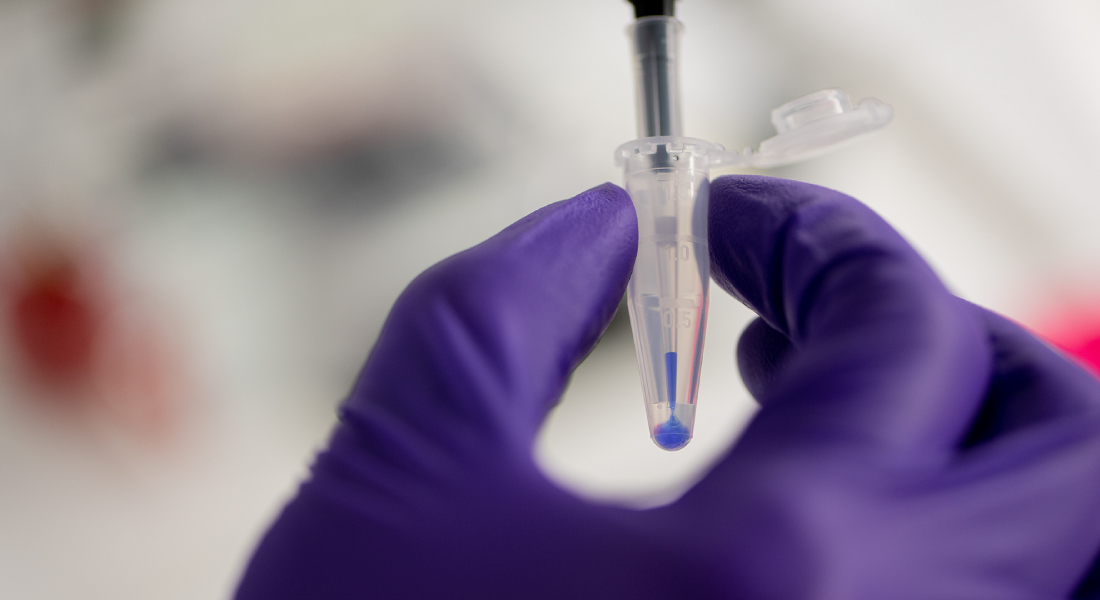Tissue architecture - Aragona Group
The Aragona Group studies how biomechanics influence stem cell identity and govern stem cell fate in regenerating adult epithelia. The group aims to understand how different cell types coordinate their behaviours to build tissues with specialised structure and function, with the long-term goal of developing replacement organs for regenerative therapies.
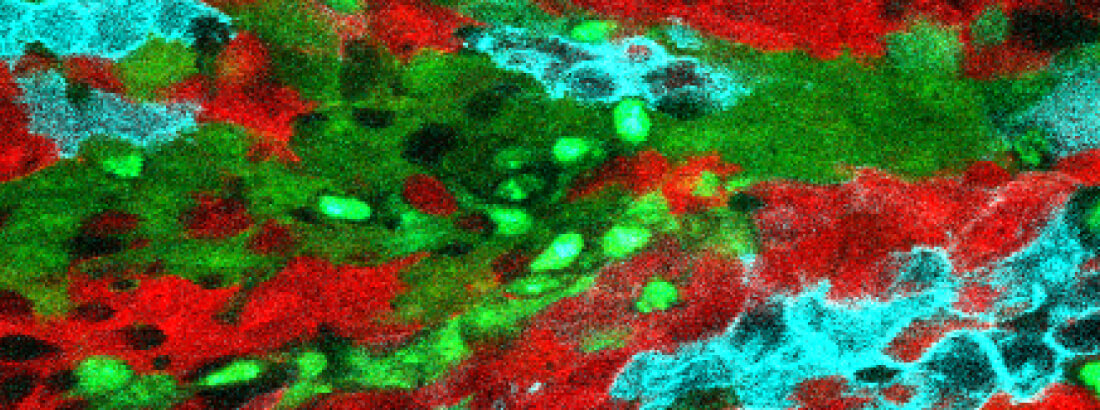
Exploring mechanobiology's role in homeostasis and regeneration
The functionality of each organ in our body is determined by the structure and correct organisation of each tissue component. Tissue architecture is ensured by a perfect coordination between each individual cell, its neighbours, and the physical environment.
This balance is tightly regulated in epithelia that are constantly renewed through our lives thanks to stem cells and progenitors able to regenerate entire tissues. Stem cells have the capacity to renew and differentiate in other cell types and the ability to sense and cope with different external cues. Specifically, we focus our interest into the mechanobiology field that studies the set of mechanisms converting physical cues into chemical signals by a process called mechanotransduction. In particular, we want to investigate how tissue architecture is maintained and how mechanical cues affect gene transcription, stem cells dynamics and fate decisions.
Paving the way for advanced regenerative medicine solutions
The questions we want to address include how tissues remodel their cellular division and cell-fate patterns, and how the cell-cell and cell-matrix connections are adjusted to coordinate biological function and collectively react to external stress with the activation of specific transcription factor programs.
We are investigating these biological questions in tissues that are naturally subjected to different mechanical perturbations such as the skin and the urinary tract. Understanding these fundamental principles will improve our basic understanding and have a high impact in the development of new regenerative medicine tools. Our ultimate goal is to provide deep knowledge on how tissues are naturally built, in order to direct new approaches for reconstructive therapies.
Mechanisms regulating the response to stretching in the skin
The capacity of the skin to expand as a reaction to stretching is a property commonly exploited in plastic surgery to generate an excess of skin that can be used to repair birth defects, scars, and for breast reconstruction after mastectomy. We developed a mouse model in which the temporal consequences of stretching the skin can be studied in vivo. We are investigating how different cell types in the skin respond to stretching and how they coordinate their behaviors.
Principles of urinary tract homeostasis
Fluid flow and hydrostatic pressure play substantial roles during morphogenesis and homeostasis. We are studying the epithelium of the urinary tract that is under frequent mechanical loading and unloading due to the urine flow, providing a model in which we can interrogate the effect of fluid mechanics on epithelia biology.
Mechanotransduction in the bladder urothelium
Urination is a physiological process that involve cycles of stretching and contraction of the bladder allowing the elimination of waste from the body. The urothelium, that lines the bladder wall, is able to detect the mechanical changes that are associated with filling and voiding, and to transmit them to neighbouring tissues to regulate bladder functions. We are defining the factors able to read the tensional status of the urothelium (molecular mechanosensors ) and the factors able to translate and communicate ( mechanotransducers ) the physical changes of the urothelium to deeper tissue compartments.
Medelling urothelial damage and regeneration
The urothelium consists of a basal cell layer attached to a basement membrane, intermediate suprabasal layers, and a superficial layer of large hexagonal cells called “umbrella cells.” These umbrella cells provide the highest barrier function among all human epithelia. Conditions like Interstitial Cystitis/Bladder Pain Syndrome (IC/BPS) and severe Urinary Tract Infections (UTI) are characterized by the loss of these umbrella cells. In the laboratory, we have optimized conditions to create well-differentiated and stratified urothelia with all three layers in the correct number and architecture. We are now developing models to study urothelial damage and regeneration, aiming to develop new therapies for IC/BPS and UTI that enhance urothelial repair and restore its barrier function.
List of publications by Mariaceleste Aragona
Selected publications
- Nguyen TM & Aragona M. Regulation of tissue architecture and stem cell dynamics to sustain homeostasis and repair in the skin epidermis. Semin Cell Dev Biol. 2021 Sept 23. doi: 10.1016/j.semcdb.2021.09.008.
- Aragona M, Sifrim A, Malfait M, Song Y, Van Herck J, Dekoninck S, Gargouri S, Lapouge G, Swedlund B, Dubois C, Baatsen P, Vints K, Han S, Tissir F, Voet T, Simons BD, Blanpain C. Mechanisms of stretch-mediated skin expansion at single cell resolution. Nature. 2020 Jul 29. doi: 10.1038/s41586-020-2555-7.
- Aragona M#, Dekoninck S#, Rulands S, Lenglez S, Mascré G, Simons BD, Blanpain C. Defining stem cell dynamics and migration during wound healing in mouse skin epidermis. Nat Commun. 2017 Mar 1;8:14684. doi: 10.1038/ncomms14684.
- Aragona M, Panciera T, Manfrin A, Giulitti S, Michielin F, Elvassore N, Dupont S, Piccolo S. A mechanical checkpoint controls multicellular growth through YAP/TAZ regulation by actin- processing factors. Cell. 2013 Aug 29;154(5):1047-1059. doi: 10.1016/j.cell.2013.07.042.
- Dupont S#, Morsut L#, Aragona M, Enzo E, Giulitti S, Cordenonsi M, Zanconato F, Le Digabel J, Forcato M, Bicciato S, Elvassore N, Piccolo S. Role of YAP/TAZ in mechanotransduction. Nature. 2011 Jun 8;474(7350):179-83. doi: 10.1038/nature10137.
-
Professor Magdalena Fossum, MD, PhD, Department of Surgical Gastroenterology, Centre for Cancer and Organ Diseases, Rigshospitalet, University of Copenhagen.
-
Assistant Professor Alejandro Sifrim, PhD, Department of Human Genetics, KU Leuven, Belgium.
-
Professor Sirio Dupont, PhD, University of Padova, Italy.
-
Assistant Professor Elena Enzo, PhD, Centre for Regenerative Medicine, University of Modena and Reggio Emilia, Italy.
-
Assistant Professor Maria Antfolk, PhD, Department of Biomedical Engineering, Lund University, Sweden.
- NNF Project Grants in Bioscience and Basic Biomedicine for the project “Defining the cellular and molecular mechanisms regulating the homeostasis of the urethral epithelium”.
- Danmarks Frie Forskningsfond (DFF) Research Project grant for the project “Tracing the fibroblast response to stretch-mediated tissue expansion”.
- Leo Foundation Research grant for the project “Unravel fibroblast-epithelial crosstalk supporting keratinocytes self-renewal to improve skin graft production”.
- Marie-Curies Fellowship to Michael Magnussen for the project ”Chip URInary Engineered System for modelling bladder biomechanics and disease (CURIES)”.
- Danish 3R Center for the project “CURIES: replacement of urinary tract infections animal models with a “Chip for URInary Engineered System”
-
Animal models: transgenic mouse models, lineage tracing, fate mapping, clonal analysis
-
Histology: whole mounts, immunohistochemistry
-
Microscopy: confocal fluorescence microcopy, light-sheet microscopy, in vitro cell live imaging,
-
Organoids: adult tissue-specific epithelial stem cells isolation, expansion, and differentiation in vitro, 3D cultures
-
Genomics: single-cell-RNA-sequencing, ATAC-seq, spatial transcriptomic, gene regulatory network analysis
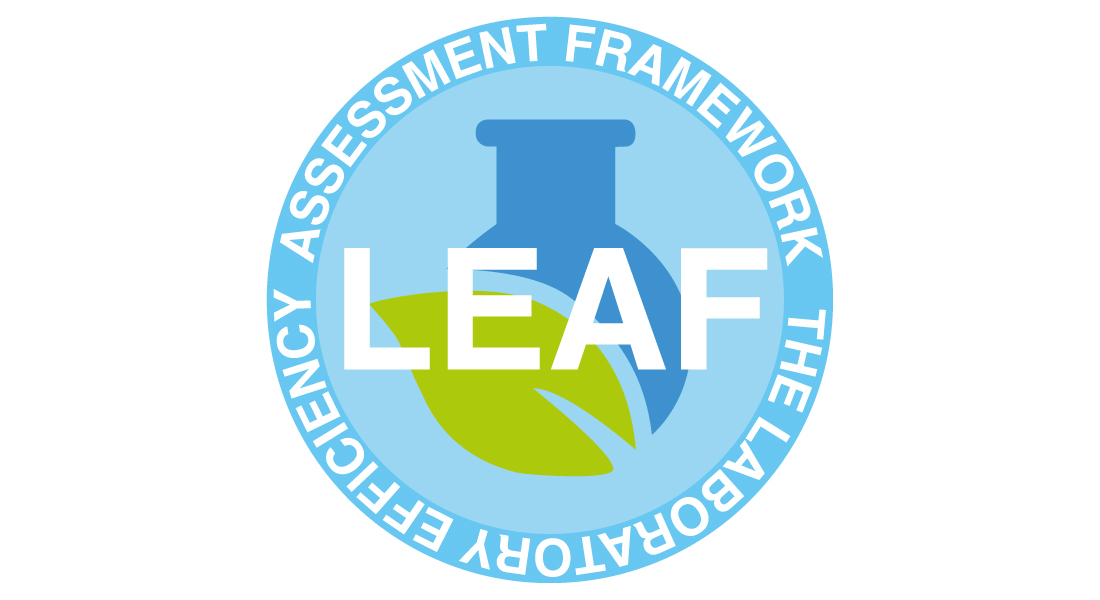
Aragona Group is LEAF bronze certified on their sustainability actions.
Learn more about Aragona Group
In the media
Social activities
Jump!
The team gather in the relaxing Danish coast to brainstorm about new projects and build stronger group bonds.
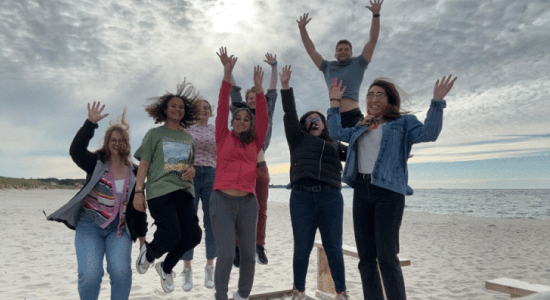
Team Petanque
The team celebrated the successful Master thesis defence of Oscar Axelsen. Congratulations Oscar also for winning the petanque tournament!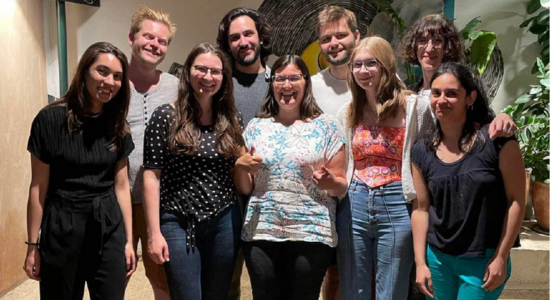
Lab retreat 2024 in Hornbæk
The team walk on top of the old Stone Age cliff exploring the wild forest.
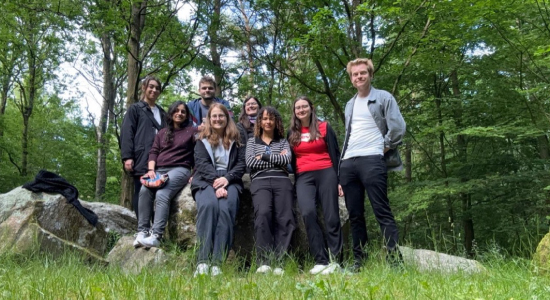
Hiking to Stevns Klint
The team walked to the Stevns Klint to enjoy the peace, beauty and sounds of nature in an incredible nice sunny day!